How Offshore Sales Development Reps Accelerate Pipeline Growth Without Overburdening Your Team
Outbound sales is about finding the right balance between quantity and quality. Yes, you need enough outreach to uncover real opportunities, but every conversation must be relevant and focused on the right prospects. That’s where your in-house Sales Development Representatives (SDRs) come in. They spend hours prospecting, qualifying leads, and booking meetings—tasks that eat up a huge chunk of their day. Piling more work on them simply isn’t practical.

You could hire additional SDRs locally, but that can be expensive and slow to set up. Offshore SDRs offer a more flexible alternative. By building an offshore team, you can boost outreach volume, reach more qualified prospects, and keep fresh leads flowing in. Meanwhile, your in-house SDRs stay focused on building relationships with high-value leads and closing deals.
In this guide, we’ll explore how offshoring SDR roles helps you scale smarter, improve efficiency, and free your local sales team from the grind of endless prospecting—so they can concentrate on the high-level tasks that truly move the needle.
How SDRs Drive Sustainable Pipeline Growth
Before we talk about how offshore SDRs help scale your outbound operations, let’s clarify the importance of SDRs in any sales model.
Sales Development Representatives (SDRs) act as the first line of defense in any modern sales operation. They prospect, engage, and qualify leads, giving account executives the bandwidth to focus on deeper conversations that move deals forward. Think of them as the link between marketing and sales: they manage top-of-funnel tasks such as cold calling, email outreach, social engagement, and appointment setting—ensuring a steady flow of high-quality opportunities enters your pipeline.

Relying solely on in-house Sales Development Representatives (SDRs) can limit your growth in three big ways. First, local talent pools might be either tight or expensive, capping your ability to expand your outbound efforts. Second, SDR roles often see high turnover due to the repetitive nature of prospecting, which leads to constant retraining and potential pipeline slowdowns. Third, regions with premium labor costs can strain your budget if you try to hire more people locally.
Offshoring your SDR function isn’t just about cutting costs—though that’s part of the appeal. When implemented properly, an offshore team boosts coverage across time zones, increases outbound volume, and frees your in-house reps to focus on bigger deals. It’s a way to expand your global reach and scale up without overwhelming the local team. In essence, it’s about tapping into international talent to build a leaner, more flexible outbound engine, driving faster pipeline growth without piling more work onto your existing staff.
5 Ways Offshore SDRs Turbocharge Your Pipeline
When you’re weighing the idea of adding offshore SDRs to your sales mix, it’s normal to ask: How exactly can a remote team make a real impact? The answer lies in five standout benefits that can take your outbound efforts to a higher level of efficiency and reach.
1. Expanding Coverage and Time Zones
If your headquarters are in New York but your prospects are in Asia-Pacific, having an offshore SDR team in the Philippines or India keeps your outreach rolling during their work hours. Leads get faster follow-ups, you stay ahead of the competition, and your local team isn’t stuck working odd shifts.
2. High-Volume Outreach with Focus
Your onshore SDRs already juggle product demos, client calls, and internal meetings. Offshore SDRs, on the other hand, can pour all their attention into prospecting. That dedicated focus often translates into more cold calls, more personalized emails, and ultimately more qualified leads entering your pipeline.
3. Specialized Expertise
Many offshore SDRs have deep experience selling into U.S. or European markets. They’re familiar with top tools—Salesforce, HubSpot, Outreach.io—and know how to navigate databases like ZoomInfo or LinkedIn Sales Navigator. Some even have domain-specific skills in areas like tech, healthcare, or finance, making it easier for them to grasp your industry once you get them up to speed.
4. Data-Driven Approaches
Scaling outbound doesn’t just mean ramping up the quantity of outreach—it also means consistently improving quality. Because offshore SDRs focus exclusively on prospecting, they can test new email templates, refine call scripts, and track metrics in real time. This data-driven cycle of experimentation leads to higher conversion rates and a healthier pipeline.
5. Reduced Ramp-Up Time for New Territories
Breaking into a new market takes time and resources if you only rely on local hiring. Offshore SDRs can quickly launch targeted campaigns in these fresh territories without the need for lengthy recruitment and onboarding. If the new market shows promise, you can scale up fast; if not, you can pivot with minimal sunk costs.
Blueprint for Building a High-Impact Offshore SDR Team
Offshoring isn’t about cutting corners—it’s about assembling a remote team that meshes seamlessly with your onshore sales operation. When done correctly, this approach stretches your reach, keeps your pipeline healthy, and lets your local reps spend more time closing deals. Here’s a step-by-step guide to creating an offshore SDR program that delivers real results.

Define Clear Goals and KPIs
Don’t bring on a single offshore SDR without first deciding what success looks like. Do you need a specific number of qualified appointments each month? Are you aiming for a certain conversion rate from first outreach to meeting? Pinpointing these metrics helps you measure ROI and keeps the whole team aligned.
Recommended KPIs
• Number of calls or emails per day
• Conversion rate from first outreach to meeting
• Pipeline value generated from offshore leads
• Time from lead generation to qualification
Establish a Structured Onboarding Process
A solid onboarding program gives offshore SDRs the tools and context they need to hit the ground running. Provide clear training materials, product demos, and resources explaining your ideal customer profile (ICP) and unique selling propositions (USPs).
Key Components
• Company background and culture
• Detailed product knowledge with live demos
• Hands-on training in CRM and outreach tools
• Role-play calls and email-writing workshops
Align on Tools and Technology
To keep data consistent and performance transparent, make sure your offshore team uses the same CRM, collaboration apps, and outreach platforms as your onshore SDRs.
Tech Stack Essentials
• CRM: Salesforce, HubSpot, or Pipedrive
• Outreach Automation: Outreach.io, Salesloft, or Reply.io
• Collaboration: Slack or Microsoft Teams for real-time chat, plus Zoom or Google Meet for video calls
• Data Sources: LinkedIn Sales Navigator, ZoomInfo, or Lusha
Develop Continuous Training and Quality Assurance
Sales keeps evolving, so your offshore team should never be static. Regular updates on new features, promotional strategies, or market changes ensure they remain effective.
Ongoing Initiatives
• Weekly or bi-weekly check-ins focused on scripts and objection handling
• Call recordings and peer reviews to identify best practices
• Periodic quizzes or certifications to keep everyone sharp
Foster Collaboration and Culture
Building a sense of unity is crucial for keeping offshore SDRs engaged and connected. A few simple gestures go a long way in making them feel like valued members of the organization.
Practical Tips
• Organize virtual hangouts or online team-building games
• Form cross-functional pods pairing offshore and onshore SDRs on key accounts
• Celebrate big and small wins on a shared channel to reinforce camaraderie
Tangible Wins from Offshore SDRs
A well-structured offshore SDR program can deliver measurable gains that catch the attention of both your executive team and key stakeholders. Here are a few clear benefits you can expect to see:
Increased Outreach Velocity
Because offshore SDRs focus exclusively on prospecting, they can make more calls and send more emails in a day than a typical onshore rep. The result is a steady flow of leads entering your pipeline.
Cost Savings and Higher ROI
In many offshore markets, labor costs are substantially lower than in the U.S. or Western Europe. This means you can reallocate the savings to other growth initiatives—like marketing, product development, or expanding your tech stack.
Faster Response Times
Covering multiple time zones allows you to follow up on inquiries quickly. Faster responses not only keep prospects engaged but also show that you value their time.
Better Allocation of Onshore Talent
Freeing your local sales team from endless cold calls and prospecting means they can focus on high-value conversations and closing deals, creating more predictable revenue.
Practical Steps to Get Started
If you’re convinced offshoring could be a game-changer but aren’t sure where to begin, these steps can help you turn theory into action:
1. Evaluate Your Current Pipeline
2. Perform a Cost-Benefit Analysis
3. Select a Vendor or Build In-House
4. Pilot the Program
5. Scale Gradually
6. Continuous Improvement
Seize Your Offshore Advantage—Risk-Free with LevelUp
Offshore SDRs can be your lever for scalable, sustainable growth. But the real challenge is finding a partner who can seamlessly integrate an offshore team, protect your brand, and maintain lead quality. That’s where LevelUp stands out. Our approach addresses the real-world barriers—like communication workflows, data security, and cultural alignment—so you can tap into a global talent pool without the usual recruiting hurdles.

Better yet, we back our services with a 30-day money-back guarantee. That means you can onboard a skilled offshore team at a reasonable rate, and if you’re not completely satisfied, we’ll refund your investment—no questions asked. It’s a risk-free way to scale your outbound sales, boost your pipeline, and let your local reps focus on closing deals that really move the needle.





